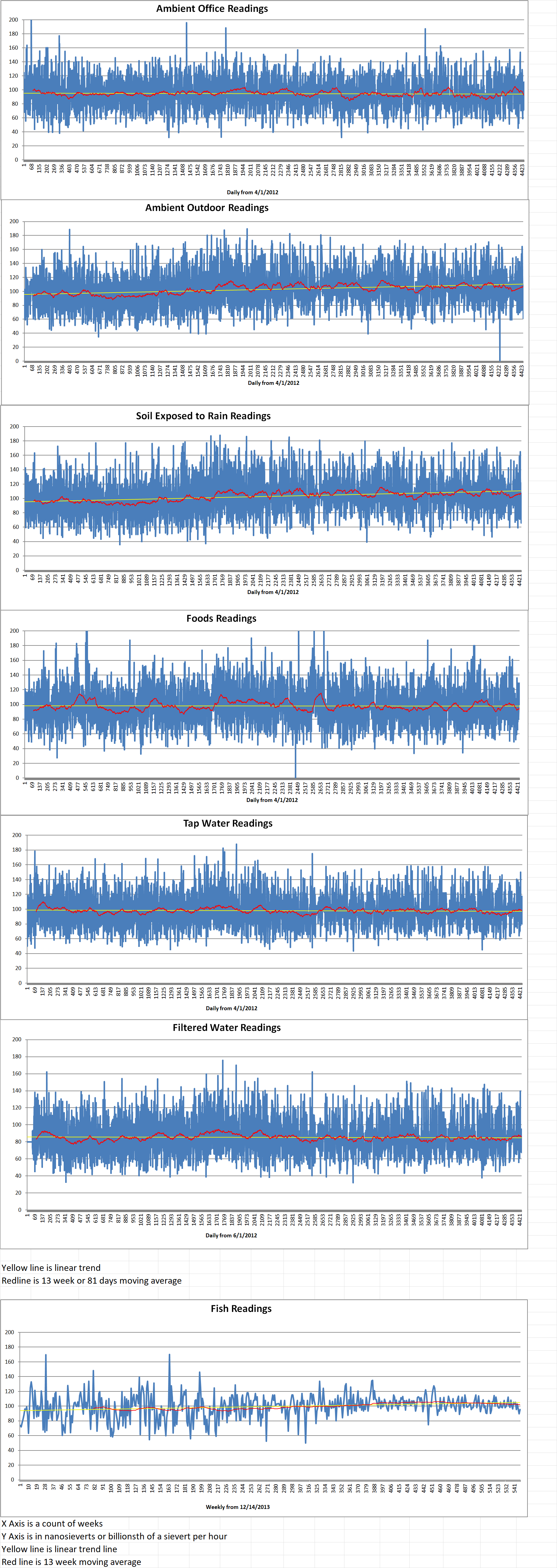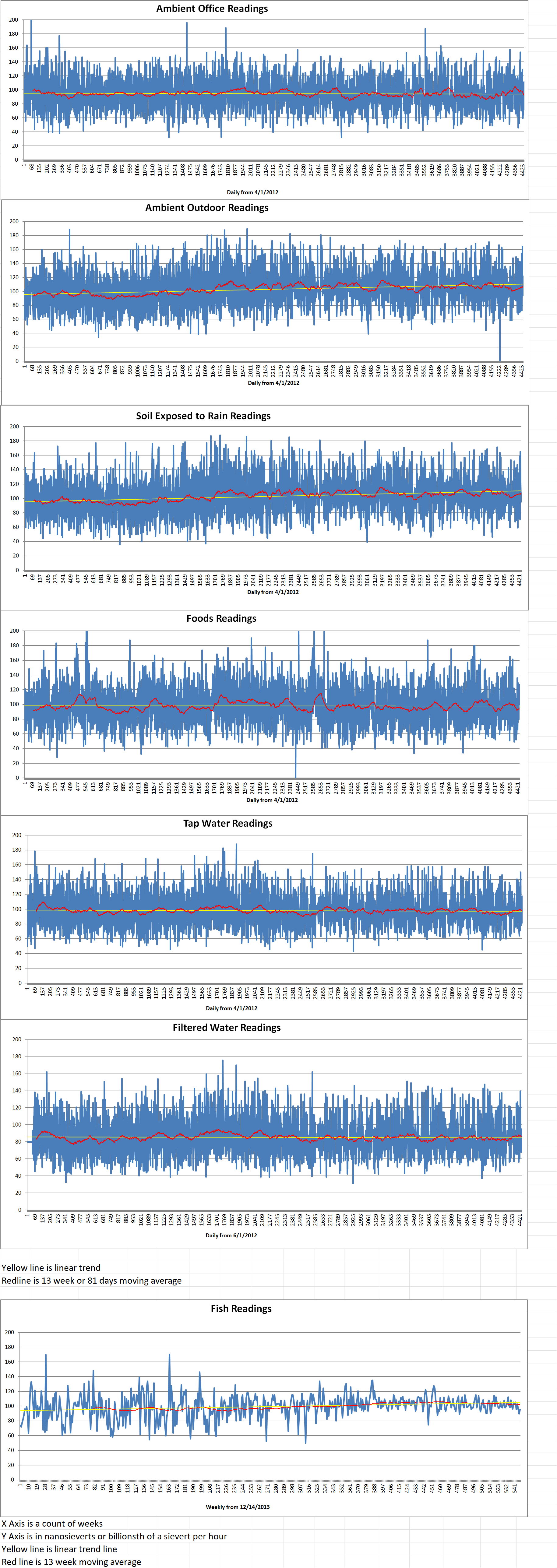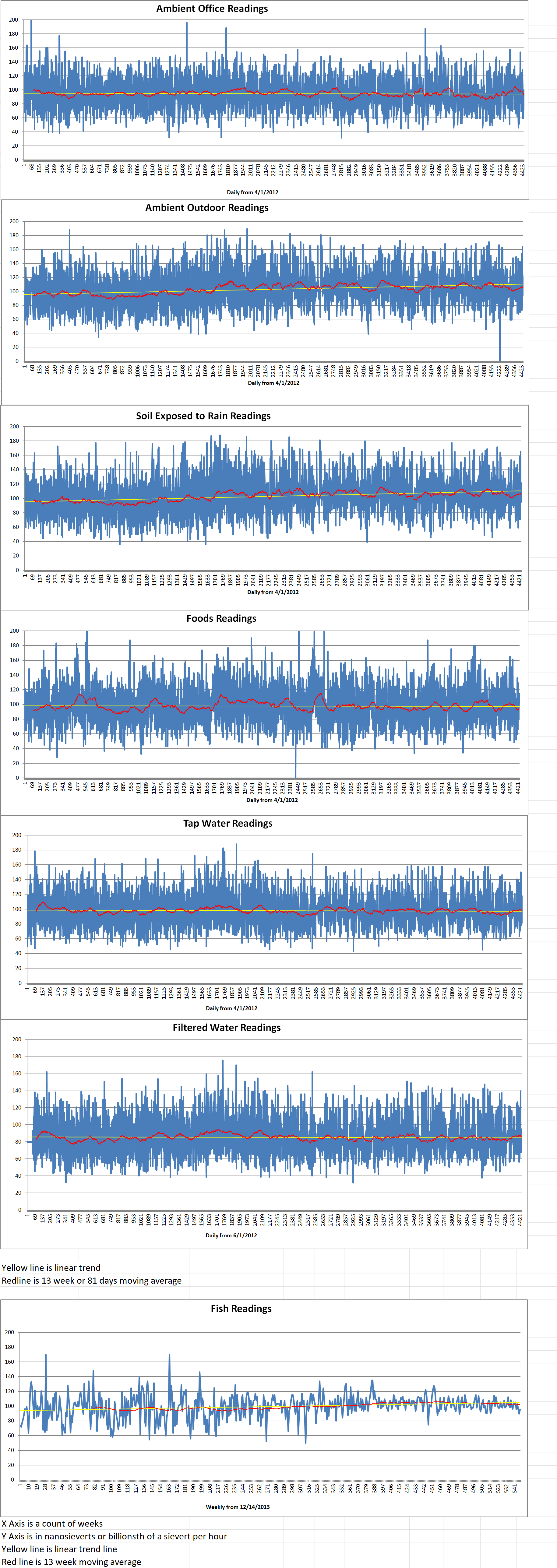The globe’s first-ever grid-scale commercial nuclear fusion power plant is coming to Chesterfield County.
In a December 17th press release, Commonwealth Fusion Systems (CFS) announced that a plant powered by nuclear fusion called “ARC” will provide four hundred megawatts of power to Virginia’s energy grid — or enough to power about 150,000 homes — starting in the early 2030s. It will be constructed in the one hundred acres James River Industrial Park.
This development was made possible through an agreement with Dominion Energy. According to the press release, through this “nonfinancial collaboration,” Dominion will provide CFS with development and technical expertise. It will provide leasing rights for the site, which it currently owns.
A spokesperson for Dominion Energy said in the press release that its customers’ “growing needs for reliable, carbon-free power [benefit] from as diverse a menu of power generation options as possible.”
Nuclear fusion is a process where two light atomic nuclei combine, forming a single heavier one and releasing “massive amounts of energy,” according to the International Atomic Energy Agency (IAEA).
CFS said in the press release, “Fusion is the last energy source humanity needs, with cheap and abundant fuel, inherently safe operations, and no greenhouse gas emissions. Now ARC has a place to happen.”
This fusion power plant’s development depends on the work being done by CFS on “SPARC” which is a tokamak machine that demonstrates the production of fusion energy. According to the press release, SPARC is expected to produce its first plasma in 2026. Then net fusion energy should follow soon after, “demonstrating for the first time a commercially relevant design that will produce more power than consumed.” Once that is completed, ARC can become a reality.
The company said that, in addition to generating clean energy, ARC will also create hundreds of jobs for Virginians. The state’s workforce encouraged CFS to pick the James River Industrial Park as the location for the fusion reactor, according to the press release.
CFS said, “We selected this site because it has all the things one would want for the site for the first commercial fusion power plant. It’s in a state and county that has welcomed us. It can put the power to good use. It has a workforce that is capable and eager. The physical site is big enough, flat enough and near good transportation. It has a connection to the grid after a coal power plant retired. And it’s accessible so the world can come and visit.”
In a December 17th press release from the Office of the Governor, Governor Glenn Youngkin praised CFS’ choice to develop in Virginia as a “historic moment.”
Youngkin said. “Commonwealth Fusion Systems is not just building a facility, they are pioneering groundbreaking innovation to generate clean, reliable, safe power, and it’s happening right here in Virginia. We are proud to be home to this pursuit to change the future of energy and power.” The Governor’s office added that this plant is expected to generate billions of dollars in economic development.
Commonwealth Fusion Systems






